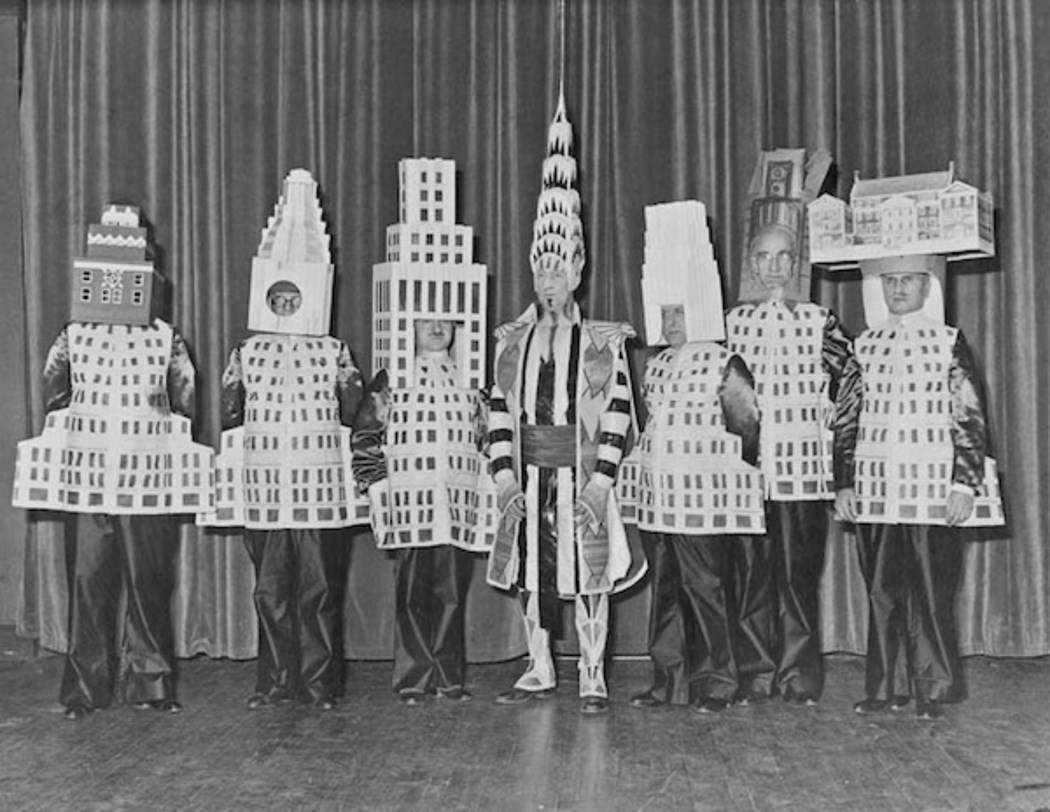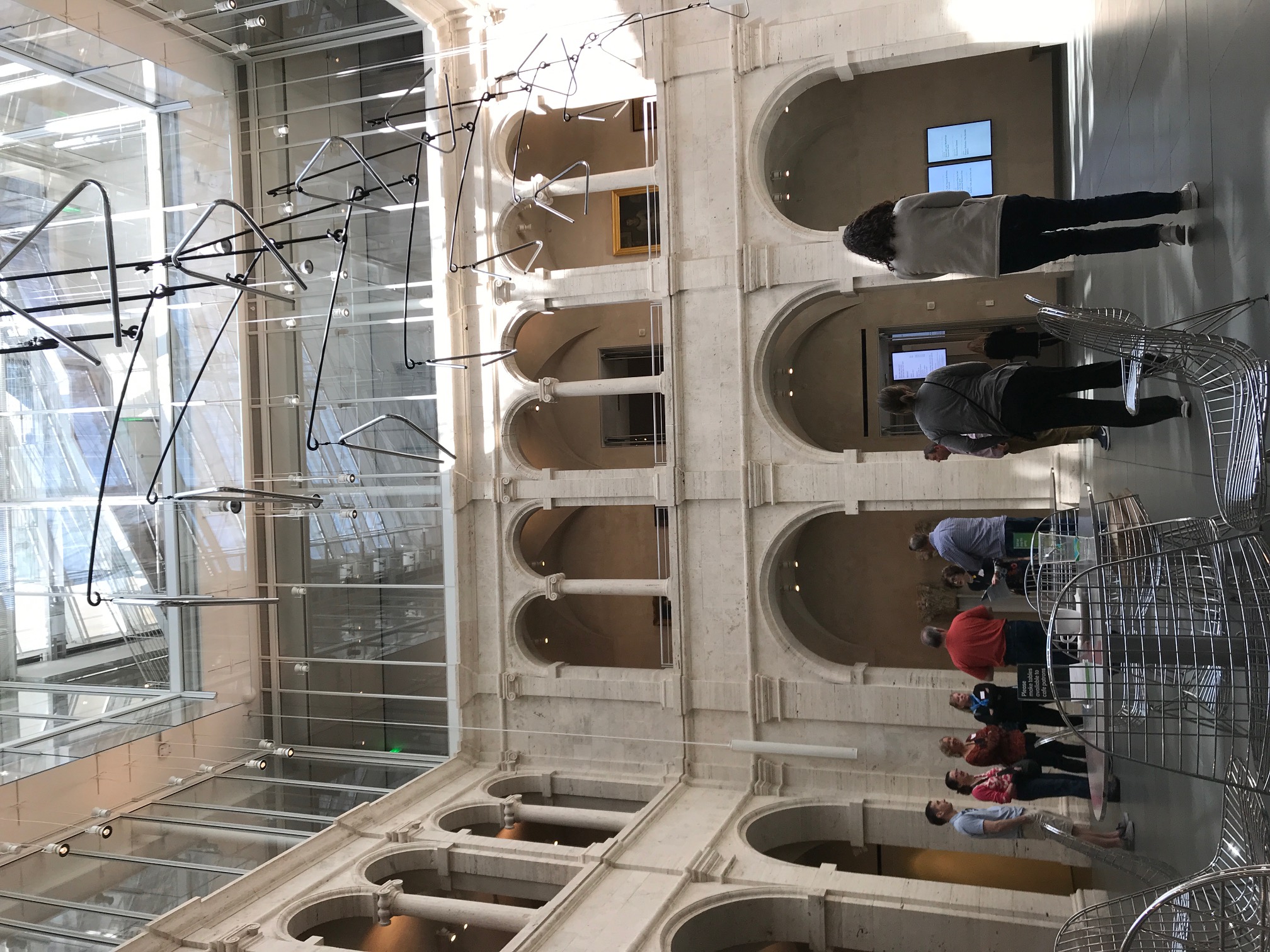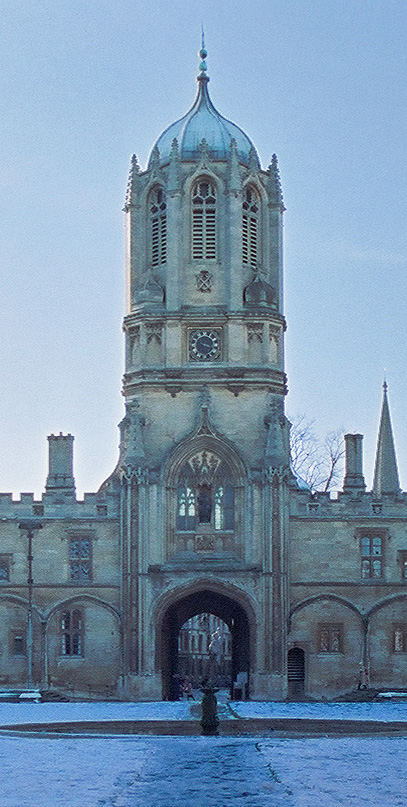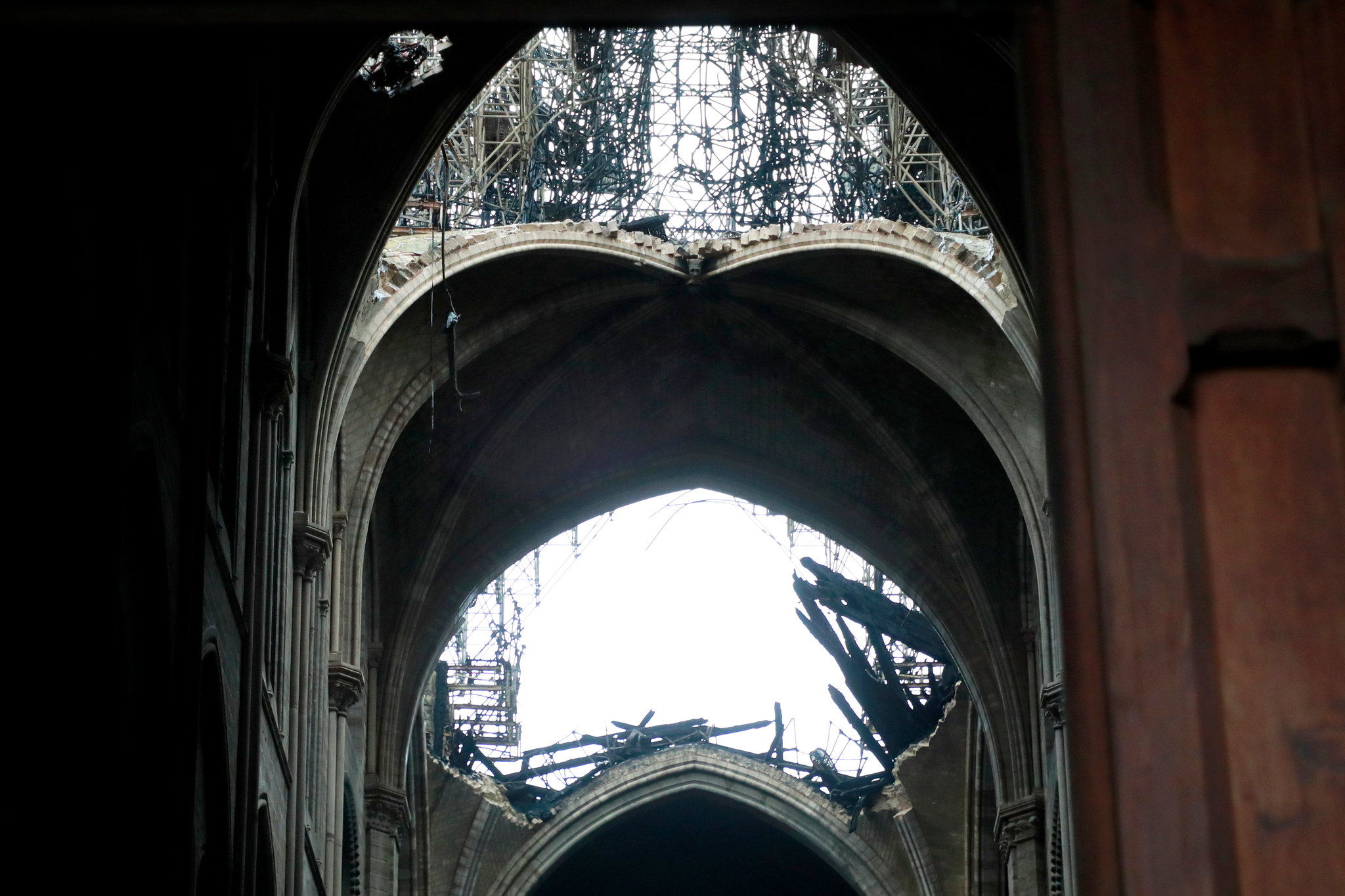SNEAKERS VS. BROGUES
“Classic designs have the charm of a good pair of brogues. They last for years and the older they are the better they fit.” So begins the abstract to a recent article in New Design Ideas on the advantages of architecture that is built to last. The advantages are legion: energy savings over the long run, less disruption to the environment, buildings that gain the affection of generations of users. The authors point out that the limited range of building materials that are durable and can last has been developed over centuries of trial and error.








